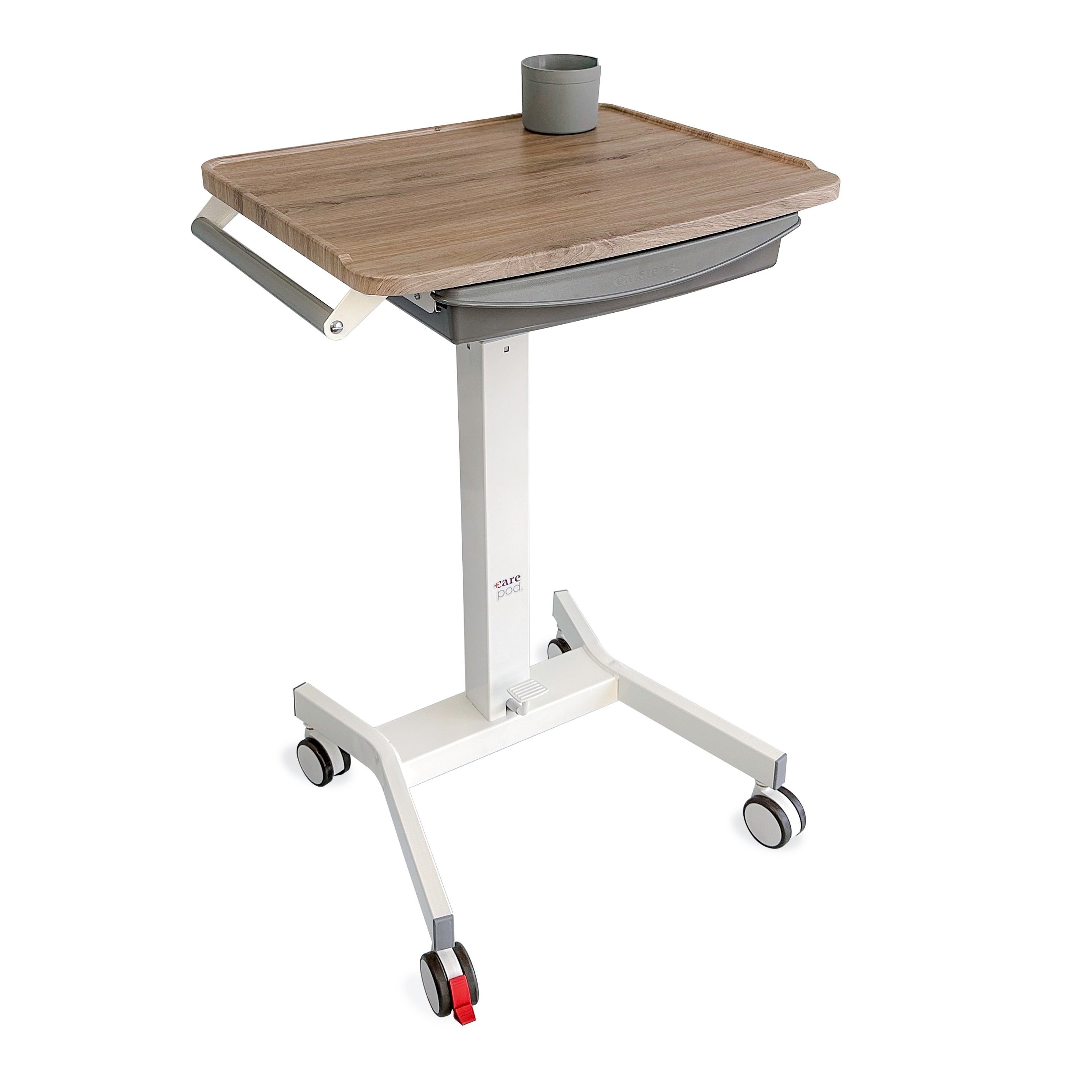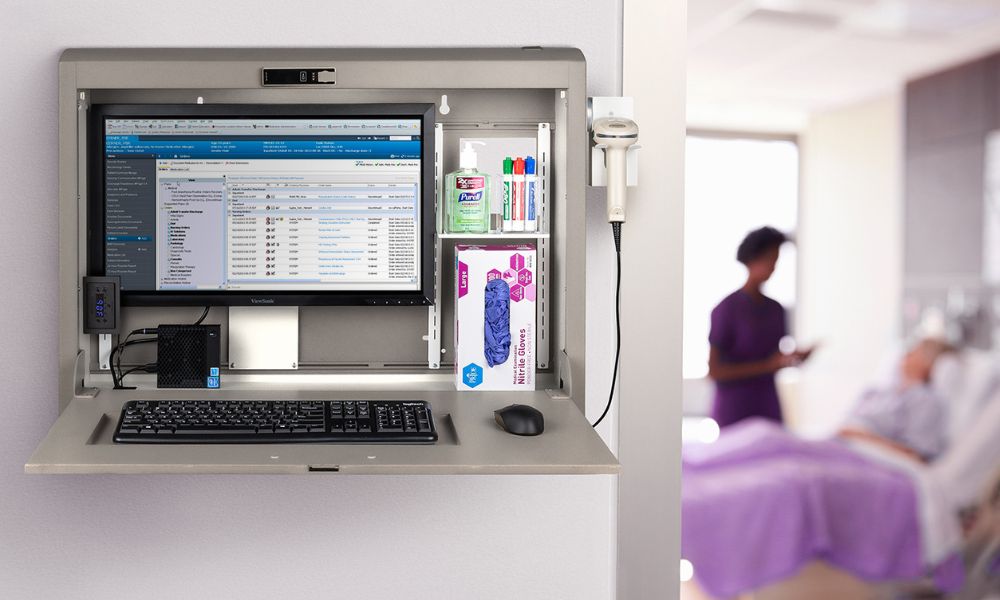Nursing, caretaking, and other related healthcare activities are taxing and potentially hazardous. As such, medical practices must provide their staff with comfortable furniture and equipment to better support their bodily health. Read on to learn the importance of ergonomics in medical facilities, its root causes, and a few solutions to these health complications.
The Facts About Ergonomic Workplace Injuries
You must first learn the cold hard facts concerning ergonomic workplace injuries to fully understand the importance of proper ergonomics in healthcare clinics. First and foremost, nearly a third of all worker injuries and illnesses result from prolonged bodily strain due to ergonomic hazards, as determined by the U.S. Bureau of Labor Statistics. Ergonomic injuries affect multiple areas of the body—mainly soft tissues—including tendons, ligaments, muscles, joints, spinal parts, and more. While Musculoskeletal disorders are the most common ailments, carpel tunnel syndrome and tendinitis are major ergonomic concerns. Unfortunately, with enough exposure to poor workplace ergonomics, most of these ailments become potentially chronic, afflicting individuals for the rest of their lives.
The Root Causes of Ergonomic Workplace Injuries
Furniture and equipment with poor ergonomics commonly cause most, if not all, ergonomic workplace injuries. But what does that mean, and how is it applicable to medical facilities? First, an object with subpar ergonomics puts unnatural pressure and stress on sensitive body parts, resulting in a strain or more severe injury. For instance, a desk chair with no lumbar and back support, a mobile workstation that’s too short, or scissors with awkward handles are all great examples of furniture and equipment with bad ergonomics. Naturally, employees who use these objects daily are more likely to suffer an injury or illness simply from repeated exposure. We recommend that you outfit your medical practice with furniture and equipment that meets the specific bodily needs of your staff. Read on to learn how this commitment to superior ergonomics can actually enhance employee productivity and overall patient care.
How Ergonomics Enhance Productivity
Yes, an ergonomic workplace is an ideal environment for productivity. Why? Employees with access to comfortable and healthy furniture and equipment are less likely to suffer from chronic pain. As such, their bodies can better handle the rigors of their dynamic jobs and are available for work more consistently. And since ergonomics helps alleviate stress and fatigue, employees have greater energy and passion for their work.
Including more ergonomic features in medical facilities is important. Plenty of affordable and effective methods for boosting ergonomics throughout your clinic exist, from providing medical staff with more comfortable hand tools to outfitting your entire practice with upgraded seating. Find the very best ergonomic solutions here at Carstens, including our incredibly convenient drop-down wall desk for healthcare, and our desks and workstations.






